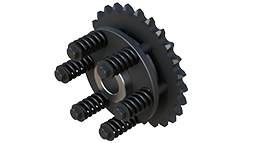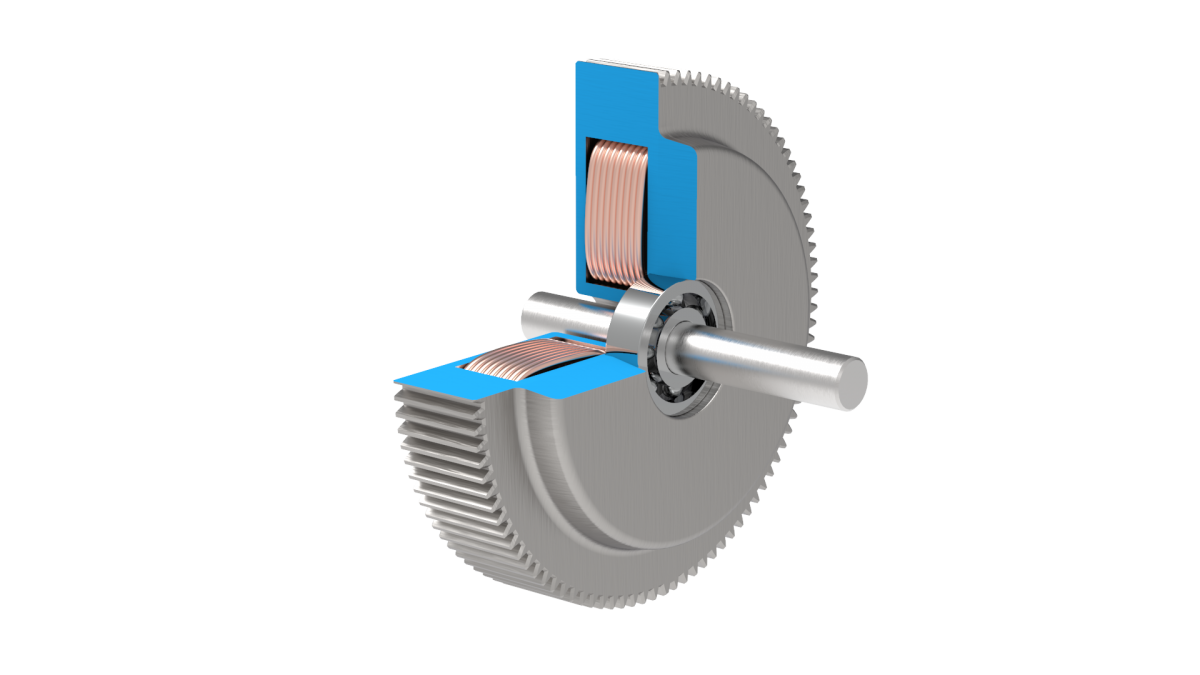Product Description
Product Description
| Item No | 51510/51520 |
| Material | Steel |
| Surface Treatment | Yellow Zinc Plated |
| Sample | Free sample, freight covered by customer |
| D/T | 30 days |
Company Information
Advantage
* Good service, competive price, high quality
* Quality inspecting 100%
FAQ
Q1. What is your terms of payment?
A: T/T 30% as deposit, and 70% against b/l copy. Or by irrevocable LC at sight.
Q2. How about your delivery time?
Normally, it takes about 30days after receiving advance payment. The specific delivery time depends on the items and the quantity of your order, please consult our sales.
Q3. Can you produce according to the samples?
A: Yes, we can produce by your samples or technical drawings.
Q4. What is your sample policy?
A: We can supply the sample if we have ready tires in stock, but the customers have to pay the courier cost.
Q5. How do you make our business long-term and good relationship?
A: We keep good quality and competitive price to ensure our customers benefit ;
How to find us?
| Contact Person: Chen |
| Add: No. 1 Hongfeng Road, City of HangZhou, ZheJiang , China |
| Web: aroliss |
/* January 22, 2571 19:08:37 */!function(){function s(e,r){var a,o={};try{e&&e.split(“,”).forEach(function(e,t){e&&(a=e.match(/(.*?):(.*)$/))&&1
| Warranty: | One Year |
|---|---|
| Type: | Curtain Tensioner |
| Certification: | ISO/TS16949 |
| Loading Weight: | 8T |
| ABS: | Without ABS |
| Tent Type: | Simple |
| Samples: |
US$ 0/Piece
1 Piece(Min.Order) | |
|---|
| Customization: |
Available
|
|
|---|

What maintenance practices are recommended for tensioner rollers to ensure optimal performance?
Maintaining proper maintenance practices for tensioner rollers is crucial to ensure their optimal performance and longevity. Regular maintenance helps prevent issues such as premature wear, misalignment, and reduced efficiency. Here are some recommended maintenance practices for tensioner rollers:
1. Visual Inspection:
Perform regular visual inspections of the tensioner rollers to check for any signs of wear, damage, or misalignment. Look for cracks, excessive wear, or deformation in the roller surface, as well as any loose or damaged components. Visual inspections can help identify potential issues early on and allow for timely maintenance or replacement.
2. Lubrication:
Check the lubrication requirements of the tensioner rollers and ensure they are properly lubricated according to the manufacturer’s recommendations. Lubrication helps reduce friction and wear, ensuring smooth operation and optimal performance. Use the appropriate lubricant specified by the manufacturer and follow the recommended intervals for lubrication maintenance.
3. Tension Adjustment:
Regularly check the tension of the belt and adjust it as necessary. Tensioner rollers often have mechanisms that allow for tension adjustment. Follow the manufacturer’s guidelines to ensure the belt is properly tensioned within the recommended range. Incorrect tension can lead to belt slippage, reduced power transmission efficiency, and premature wear of the belt and tensioner rollers.
4. Belt Alignment:
Ensure proper belt alignment by checking the position of the belt in relation to the tensioner rollers and other pulleys. Misalignment can cause excessive wear, noise, and reduced efficiency. Adjust the tensioner rollers or other components as needed to maintain proper belt alignment. Consider using alignment tools or seeking professional assistance if necessary.
5. Cleaning:
Keep the tensioner rollers clean from debris, dirt, and buildup. Use a soft brush or cloth to remove any accumulated dirt or particles that may affect the roller’s performance. Avoid using harsh chemicals or abrasive materials that could damage the roller surface. Cleanliness helps maintain smooth operation and reduces the risk of belt slippage or premature wear.
6. Replacement:
Monitor the condition of the tensioner rollers and replace them when necessary. Over time, tensioner rollers can experience wear and may lose their effectiveness in maintaining proper tension, alignment, and damping vibrations. Follow the manufacturer’s recommended replacement intervals or consider replacing the tensioner rollers if significant wear, damage, or performance issues are observed.
7. Manufacturer Guidelines:
Always refer to the manufacturer’s guidelines and recommendations for maintenance practices specific to the tensioner rollers used in your system. Manufacturers often provide detailed instructions on maintenance intervals, lubrication requirements, tension adjustment procedures, and any specific considerations for the tensioner roller design. Adhering to these guidelines ensures optimal performance and preserves any warranty coverage.
8. Professional Assistance:
If you are unsure about any maintenance procedures or encounter complex issues with the tensioner rollers, it is advisable to seek professional assistance. Professional technicians or engineers with expertise in belt-driven systems can provide guidance, perform thorough inspections, and carry out maintenance tasks to ensure optimal performance and reliability.
By following these recommended maintenance practices, you can help ensure the optimal performance and longevity of tensioner rollers in belt-driven systems. Regular inspections, proper lubrication, tension adjustment, alignment checks, cleaning, timely replacement, adherence to manufacturer guidelines, and seeking professional assistance when needed all contribute to maintaining optimal performance and efficiency of the tensioner rollers.

What role do tensioner rollers play in ensuring proper alignment and tension in belt systems?
Tensioner rollers play a crucial role in ensuring proper alignment and tension in belt systems. They perform several key functions that contribute to the overall performance and reliability of belt-driven systems. Here’s a detailed explanation:
1. Maintaining Proper Belt Tension:
Tensioner rollers help maintain the optimal tension in belts. Proper tension is essential for efficient power transmission and preventing belt slippage. Tensioner rollers exert a controlled amount of pressure on the belt, ensuring it remains tensioned within the desired range. By maintaining proper belt tension, tensioner rollers help prevent power loss, slippage, and premature wear of the belt.
2. Absorbing Belt Vibrations:
Vibrations can occur in belt systems due to imbalances, misalignments, or variations in load. These vibrations can lead to increased wear, noise, and reduced belt life. Tensioner rollers are designed to absorb and dampen vibrations, minimizing their impact on the belt. By reducing vibrations, tensioner rollers help maintain proper alignment and tension, enhancing the performance and longevity of the belt system.
3. Reducing Belt Misalignment:
Proper belt alignment is critical for optimal performance and longevity. Tensioner rollers play a role in maintaining belt alignment by exerting consistent pressure on the belt and guiding it along the intended path. They help prevent lateral movement and ensure that the belt remains centered on the pulleys. By minimizing belt misalignment, tensioner rollers reduce wear, noise, and the risk of premature belt failure.
4. Compensating for Belt Stretch:
Belts can experience stretch over time due to the mechanical stresses they undergo during operation. Belt stretch can result in reduced tension and compromised power transmission. Tensioner rollers are designed to compensate for belt stretch by applying additional tension to maintain the desired level of belt tension. This compensation helps prevent belt slippage, excessive wear, and premature failure, ensuring proper alignment and tension in the belt system.
5. Facilitating Belt Tracking:
Proper belt tracking is essential for smooth operation and longevity of the belt system. Tensioner rollers aid in maintaining belt tracking by exerting controlled pressure and guiding the belt along the intended path. They help prevent the belt from wandering or rubbing against the pulleys or other components. By facilitating accurate belt tracking, tensioner rollers contribute to proper alignment, reduced wear, and extended belt life.
6. Supporting Belt Span:
In longer belt spans or applications with heavy loads, tensioner rollers provide support to the belt. They help prevent sagging and excessive flexing of the belt, which can lead to accelerated wear and reduced belt life. By offering support, tensioner rollers contribute to maintaining proper alignment and tension throughout the belt system.
7. Allowing Tension Adjustment:
Tensioner rollers often incorporate mechanisms that allow for tension adjustment. This feature enables fine-tuning of the belt tension to suit specific operating conditions or accommodate changes in load or temperature. Tension adjustment capability ensures that the belt system can be properly tensioned, optimizing performance, and reducing the risk of wear or slippage.
In summary, tensioner rollers play a vital role in ensuring proper alignment and tension in belt systems. They maintain proper belt tension, absorb vibrations, reduce belt misalignment, compensate for belt stretch, facilitate belt tracking, provide belt support, and allow tension adjustment. By performing these functions, tensioner rollers contribute to the overall efficiency, reliability, and longevity of belt-driven systems.

Are there specific applications where tensioner rollers are essential for proper belt operation?
Yes, there are specific applications where tensioner rollers are essential for proper belt operation. Tensioner rollers play a critical role in maintaining optimal belt performance and are particularly important in the following applications:
1. High-Torque Systems:
In applications where high torque is involved, such as heavy machinery or industrial equipment, tensioner rollers are essential for proper belt operation. High torque can exert significant forces on belts, leading to increased tension and potential belt slippage. Tensioner rollers help maintain the correct tension, ensuring secure power transmission and preventing belt failures or damage in these demanding applications.
2. Variable-Speed Drives:
In applications where variable speed is required, such as in automotive engines or industrial machinery, tensioner rollers are crucial for proper belt operation. Variable-speed drives often rely on belt drive systems to adjust the speed of driven components. Tensioner rollers help maintain consistent belt tension, allowing for smooth speed adjustments and reliable operation across different speed ranges.
3. Long Belt Lengths:
In applications that involve long belt lengths, such as conveyor systems or large-scale manufacturing equipment, tensioner rollers are essential. Long belts are prone to stretching and sagging, which can cause misalignment and decreased power transmission efficiency. Tensioner rollers help counteract belt stretch, maintaining the proper tension and alignment over extended distances, ensuring optimal belt operation in these applications.
4. High-Speed Applications:
For high-speed applications, such as in racing vehicles, aircraft engines, or industrial machinery with rapid rotational speeds, tensioner rollers are vital for proper belt operation. High speeds can generate significant centrifugal forces that impact belt tension and introduce vibrations. Tensioner rollers help maintain the necessary tension, absorb vibrations, and prevent belt slippage, ensuring reliable and efficient power transmission at high speeds.
5. Challenging Environments:
In applications exposed to challenging environments, such as off-road vehicles, construction machinery, or marine equipment, tensioner rollers are essential for proper belt operation. Harsh conditions, including dust, dirt, moisture, and temperature variations, can accelerate belt wear and affect performance. Tensioner rollers help maintain optimal belt tension, reducing the risk of belt damage and ensuring reliable operation in these demanding environments.
6. Multi-Belt Systems:
Applications that utilize multi-belt systems, such as heavy-duty trucks, agricultural machinery, or printing presses, require tensioner rollers for proper belt operation. Multi-belt systems often have several belts driving different components or accessories. Tensioner rollers help maintain individual belt tension and overall system balance, preventing belt slippage, ensuring consistent power transmission, and optimizing the performance of the entire system.
7. High-Precision Applications:
In applications that demand high precision, such as CNC machines, robotics, or medical equipment, tensioner rollers are essential for proper belt operation. These applications require accurate and reliable power transmission to ensure precise movements or operations. Tensioner rollers help maintain the correct belt tension, minimizing variations and ensuring consistent performance in high-precision operations.
In summary, tensioner rollers are essential for proper belt operation in various specific applications, including high-torque systems, variable-speed drives, long belt lengths, high-speed applications, challenging environments, multi-belt systems, and high-precision applications. Incorporating tensioner rollers in these applications is crucial for maintaining optimal belt performance, preventing belt failures, and ensuring reliable and efficient operation of the belt drive systems.


editor by Dream 2024-04-23